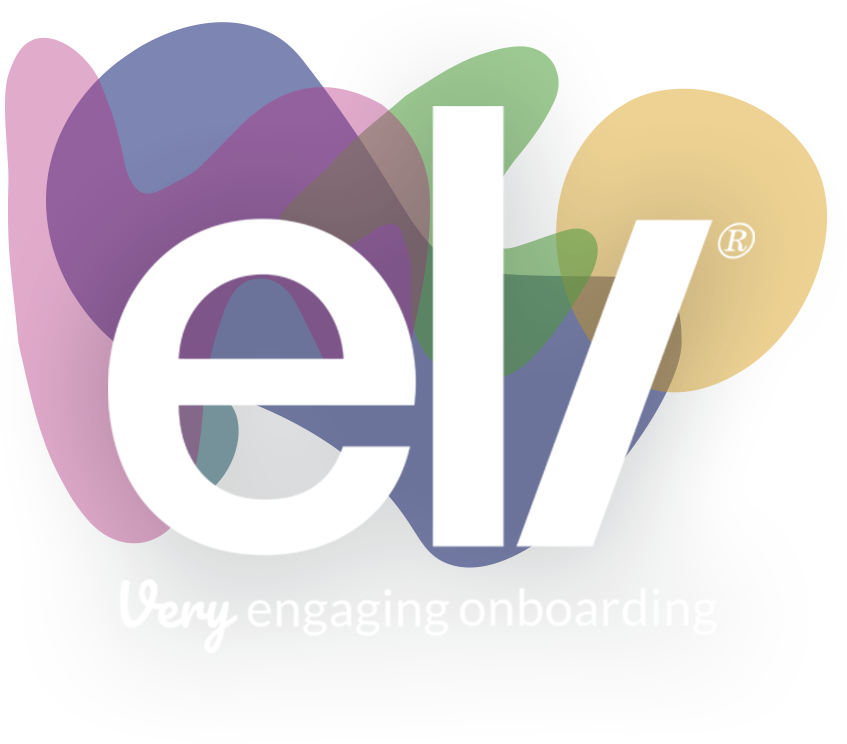When onboarding goes wrong: The 5 most common problems and how to avoid them
 18/04/2023
18/04/2023
When onboarding goes wrong: The 5 most common problems and how to avoid them
Why does onboarding matter?
Nearly 20% of staff attrition occurs in the first 45 days. Poor onboarding plays a huge role in this. Frequently losing new starters hits your bottom line and can badly dent your recruitment budget (such a loss typically costing one third of a person’s whole compensation package).
But there can be even deeper damage. It leaves the remaining team short staffed, affecting morale, performance and customer experience. It can do reputational damage, too. In an age of social media, sites like Glassdoor mean an unimpressed former employee can spread their message far more widely than they could through word of mouth alone. So, what are the key onboarding pitfalls, and how can they be avoided?
1. Your people aren’t prepared
“My laptop wasn’t properly set up, my desk was covered in papers from the previous incumbent, my manager was out of the office, and there didn’t seem to be any plan for what I was meant to be doing. Shambolic.”
A successful onboarding strategy isn’t just about supporting the person that’s arriving at your organisation – it’s about empowering all of the people who can make that arrival a success. Everyone from the IT, HR and L&D departments, to team members, buddies, and line managers, needs to understand their place in delivering a brilliant onboarding experience.
That’s where onboarding technology can help. Find a platform that gives you the ability to create tailored checklists that trigger alerts and reminders for everyone from managers and buddies to IT support teams, making it much easier for them to play their part in setting each new starter up for success.
2. Onboarding starts too late. Or ends too early.
“I was booked on to a group induction day three weeks after I started. And that was it, basically. That was all the introduction I got.”
The onboarding experience should start from the moment of job offer, and last for at least 90 days afterwards. Helping plan out a 90-day onboarding schedule in advance makes sure everyone has thought carefully about how the new person will integrate into the team, and how best use can be made of their skills and experience. It also helps relieve stress for the new joiner, who knows what’s happening when, and what objectives they’ll be working towards.
As well as giving them pointers on when they need to complete key tasks like contract signing or health and safety training modules, you can also schedule everything from pre-first day introductions, to 30, 60 and 90 day reviews with managers, project delivery deadlines and induction days.
3. There’s no personalisation of onboarding content
“Although my onboarding was useful in providing me with a sense of the global company, I didn’t really get much idea of how my region and my team fitted into it all.”
One size doesn’t fit all when you’re onboarding new joiners. A mix of overarching and highly personalised content is the ideal. The right online platform can make it simple to mix company-wide, global information about history, mission or values, with region, city or site-specific pages. From a 3D tour of the office, to a video welcome from your head of division, a presentation on your department’s key objectives, or a photo wall introducing your team members, you can deliver highly tailored content in any number of languages, without sacrificing overall brand consistency.
4. There’s not enough human connection
“Everything was done efficiently, but it was all very impersonal. An automated job offer, generic emails sending me my documentation. I didn’t meet, talk to or communicate with a single human being between my interview and day one. Then I was straight into a heavy workload, with no time to build connections with anyone I wasn’t directly working with.”
People like people. Again and again, when employer branding research is undertaken, employees cite the people that they work with as a key reason why they stay. Whether that’s because they’re learning from them professionally, enjoy socialising with them, or they feel part of a team where they can deliver good work, the human factor is a powerful one. Strong work relationships drive both performance and retention. That’s why helping new starters build connections should be at the heart of onboarding.
5. There’s no monitoring
“My manager just didn’t seem interested in doing anything to integrate me into the team. He just left me to get on with it.”
What’s working? What isn’t? Where can you make improvements? If you’re not monitoring your onboarding, you won’t know. Such oversight includes not only the onboarding process itself, but also the performance of key staff – especially the line manager. Accountability is key here. Success in onboarding should be part of every line manager’s KPIs, and an assessment by new starters of their onboarding experience should feed into this.
It’s also important to assess the effectiveness of your onboarding communications material. An onboarding platform that includes the functionality for every user to rate each page of content out of 5 – as well as to comment on it or make suggestions for improvements – is very useful. Good onboarding is about empowering new starters to explore, to learn, to start conversations and to make connections. But this cannot be achieved without also empowering the team around every new joiner with the tools and knowledge they need to set their new colleagues up for success.
Eli Onboarding was built with this specifically in mind. It’s onboarding technology that’s driven by engagement – preparing people with checklists, scheduling onboarding plans, personalising the employee experience, building human connections between new joiners, managers, buddies and colleagues, and ultimately tracking the effectiveness of the whole process. To find out more, you can book in a demo with the Eli Onboarding team today.







